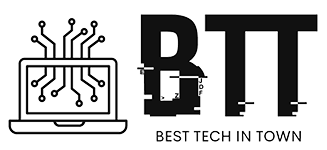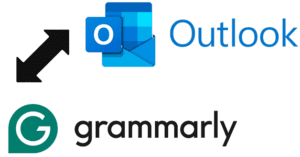Intro
The software as a service (SaaS) model has become increasingly popular among entrepreneurs looking to build successful businesses. With recurring revenue streams and the potential for exponential growth, SaaS companies have become a go-to option for those seeking to create scalable and profitable ventures.
Table of Contents
However, learning how to start a SaaS business can be challenging, especially for first-time entrepreneurs who may not know where to begin. In this article, we will explore seven simple steps that anyone can follow to build a successful SaaS company from scratch.
Step 1: Start with the Problem

The first step in building a SaaS business is identifying the problem you want to solve. Rather than trying to come up with a big idea, it’s better to start by consulting and learning about the frustrations of your target customers. By understanding what problems they are facing, you can identify gaps in the market that need to be filled.
For example, let’s say you’re interested in how to start a SaaS business. You could consult with business owners in your area or online communities to learn more about their pain points and challenges. This will help you identify areas where there is a lack of solutions or tools available to address these issues.
Step 2: Build a Prototype

Once you have identified the problem, the next step is to build a prototype. This involves creating a clickable prototype or wireframe of the solution you want to build. The purpose of this is to ensure that your software meets the needs and expectations of your target customers. By prototyping the solution before building it, you can avoid costly mistakes down the line.
When building a prototype, there are two key areas to focus on: function and flow. Function refers to whether or not there are APIs, application program interfaces, data sources that allow you to actually make the solution work? This is important because if you’re trying to build a solution that doesn’t exist yet, it’s crucial to ensure that you can technically solve the problem the way you envision.
Flow, on the other hand, refers to how the user experience will be presented to a user even if the function exists. If you don’t design those flows using the clickable prototype, prototyping the solution before you ever go and pay an engineer to build it, you risk building something that nobody wants or needs.
Step 3: Validate Your Product
Validation is crucial in building a successful SaaS business. One way to validate your product is by creating an early adopter program where you show people the prototype and get feedback from them. This will help you identify any issues or concerns that potential customers may have, allowing you to make necessary changes before launching.
Another way to validate your product is through crowdfunding. Crowdfunding platforms like Kickstarter and Indiegogo allow creators to showcase their ideas and receive funding from backers in exchange for rewards or equity. By validating your idea through crowdfunding, you can get a sense of whether or not there’s demand for your solution before investing too much time and resources into building it.
Step 4: Build Your MVP
Once you’ve validated your product, it’s time to build your minimum viable product (MVP). The key here is to constrain your features and focus on building a working prototype within three months. This will help you launch quickly and avoid spending too much money on development.
When building an MVP, it’s important to prioritize the most critical features that solve the problem you identified in step one. By focusing on these core features, you can create a product that meets the needs of your target customers without overwhelming them with too many options or features.
Step 5: Collect Customer Feedback

Collecting customer feedback is essential in building a successful SaaS business. By talking to customers directly, you can identify areas where the software needs improvement and make necessary changes. It’s also important to analyze customer feedback and group it into categories so that you can prioritize improvements based on their impact.
One way to collect customer feedback is through surveys or questionnaires. You could send these out via email or social media channels to gather information about your customers’ experiences with your product. Another option is to conduct user testing, where you invite a small group of users to try out your software and provide feedback in real-time.
Step 6: Generate Demand
Generating demand for your SaaS product is critical in building a successful business. There are four ways to do this: published content, paid acquisition through ads, partnerships with existing customers, or press coverage. Partnerships are often the most effective way to generate demand quickly and efficiently.
For example, if you’re building a SaaS product for small businesses, you could partner with accounting firms or other organizations that serve small business owners. By offering your software as an add-on service to their clients, you can reach a larger audience and generate more leads.
Step 7: Find a Growth Secret
A growth secret is a unique channel for acquiring customers that most people don’t know about. By identifying who has your data, list, or customer base, you can find ways to get in front of them without violating any terms of service. Creativity is key when it comes to finding growth secrets.
For example, if you’re building a SaaS product for social media marketers, you could partner with popular social media influencers and offer them exclusive access to your software. This would allow you to tap into their existing audience and generate more leads without spending too much on advertising or marketing.
Conclusion

How to start a SaaS business? Building a successful SaaS business requires careful planning and execution. By following these simple steps, anyone can build a thriving SaaS company from scratch. Remember that validation and customer feedback are crucial in ensuring the success of your product, while generating demand through partnerships and press coverage can help you grow quickly. Finally, finding unique growth hacks can give you an unfair advantage over competitors.
Check out more useful posts on my blog page.




